Chevrolet Cruze Repair Manual: Removal Procedure
Warning: Refer to Approved Equipment for Collision Repair Warning in the Preface section.
Warning: Refer to Collision Sectioning Warning in the Preface section.
Warning: Refer to Glass and Sheet Metal Handling Warning in the Preface section.
- Disable the SIR System. Refer to SIR Disabling and Enabling.
- Disconnect the negative battery cable. Refer to Battery Negative Cable Disconnection and Connection.
- Remove all related panels and components.
- Visually inspect the damage. Repair as much of the damage as possible.
- Remove the sealers and anti-corrosion materials from the repair area, as necessary. Refer to Anti-Corrosion Treatment and Repair.
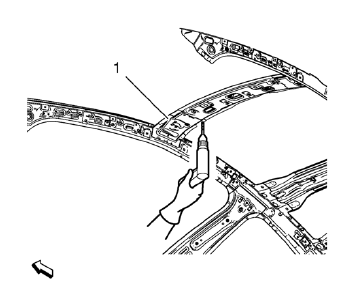
- Locate and mark all the necessary factory welds of the roof panel front bracket right (1).
- Drill all factory welds. Note the number and location of welds for installation of the service assembly.
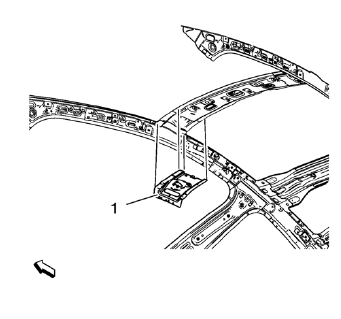
- Remove the roof panel front bracket right (1).
- Proceed the same way with the roof panel front bracket left.
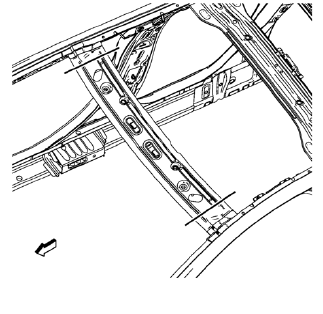
- Create cut lines on the roof front header panel.
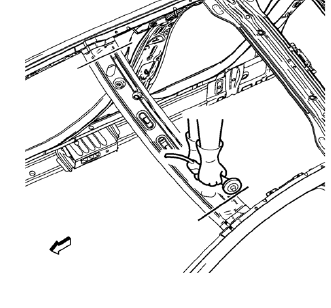
- Cut the panel where sectioning is to be performed.
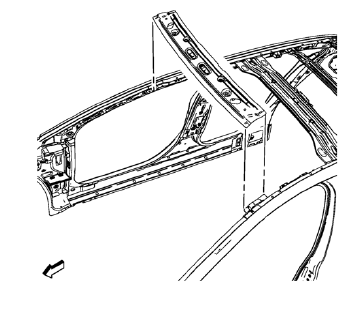
- Remove the damaged roof front header panel.
 Roof Front Header Panel Replacement (MIG-Brazing)
Roof Front Header Panel Replacement (MIG-Brazing)
Note: According to different corrosion warranties, only the
regional mandatory joining methods are allowed. ...
 Installation Procedure
Installation Procedure
Cut the roof front header panel in corresponding locations to fit the
remaining original panel. The sectioning joint should be trimmed
to allow a gap of one-and-one-half-times the metal th ...
Other materials:
Cruise Control
For vehicles with cruise control, the vehicle can maintain a speed of about 40
km/h (25 mph) or more without keeping your foot on the accelerator. Cruise control
does not work at speeds below 40 km/h (25 mph).
If the brakes are applied, the cruise control shuts off.
The vehicle has a Traction ...
Engine Compartment Overview
1.4L L4 Engine
1. Engine Air Cleaner/Filter
2. Engine Oil Dipstick.
3. Engine Cooling Fan (Out of View).
4. Engine Oil Fill Cap.
5. Remote Negative (-) Grounding Point.
6. Brake/Clutch Fluid Reservoir.
7. Battery
8. Engine Coolant Surge Tank and Pressure Cap.
9. Remote Positive (+ ...
Engine Oil
To ensure proper engine performance and long life, careful attention must be
paid to engine oil.
Following these simple, but important steps will help protect your investment:
• Always use engine oil approved to the proper specification and of the proper viscosity
grade. See “Selecting the Ri ...
